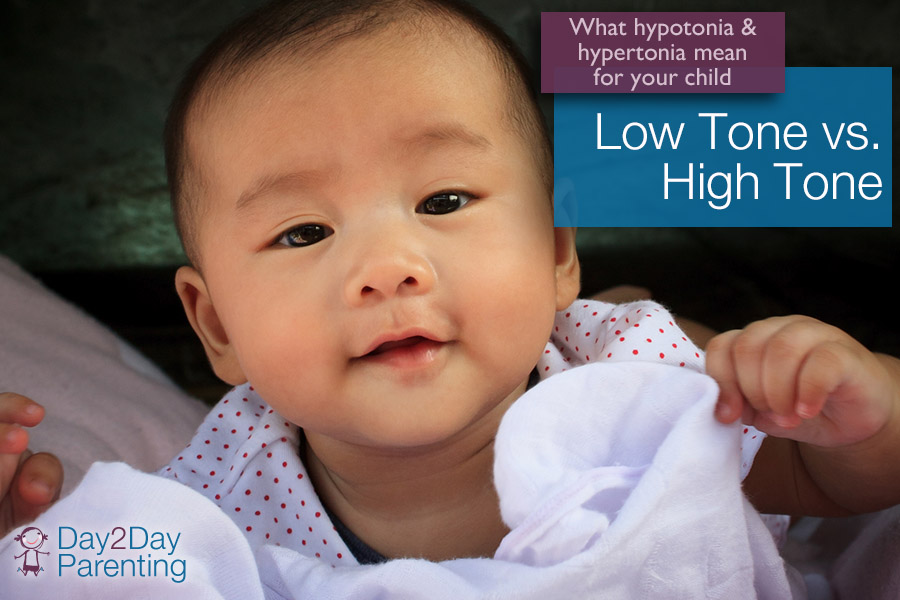Has someone ever told you that your child has low tone? Or high tone? Have they explained exactly what that means and how it can affect your child’s development?
What is Muscle Tone?
The word “tone” is commonly used to describe how much muscle definition a person has. The medical definition of tone is different and describes tone as the length of the muscle when at rest and not contracting. Tone is evaluated by the amount of resistance you feel during passive movement. For example, your child is sitting with arms relaxed and you are bending and straightening (passively moving) his elbow.
Strength & Tone Differ
Although strength and tone are different, when a muscle is not in an ideal position to be ready for a contraction, the muscle will not be as strong. Strength is the muscle’s ability to contract and create a force to respond to resistance (pushing, pulling, lifting, etc.). The severity of the high or low tone can vary greatly from child to child or even muscle to muscle.
What Causes Hypotonia and Hypertonia in Infants
Low muscle tone is referred to as hypotonia and high tone is known as hypertonia. Low tone is when a muscle is longer than normal/average and has a floppy, flexible, and sometimes mushy feel to it. High tone is when the muscle is shorter than normal/average and has a tight or rigid feel to it.
Your child may have high or low tone in one or more muscles of the body. High tone is commonly seen in children diagnosed with Cerebral Palsy & in children who have had a stroke or a brain bleed in utero. Low tone is often seen in children with Down Syndrome. There may be a neurological diagnosis that is the cause of the difference in tone; however some children will exhibit low tone with an unknown cause. These children may be slower to reach some of their motor milestones but otherwise do not typically show any other delays.
Physical & Occupational Therapy Can Help
Children with differences in tone may have more difficulty with learning to sit independently and learning to crawl and walk. Tone also helps a child to establish posture. A child with low tone will tend to slouch when he sits and a child with high tone may stand with his knees bent. If your child has been diagnosed with high or low muscle tone, they will benefit from physical therapy (PT) and/or occupational therapy (OT). It is important to stretch the tight (high tone) muscles and strengthen the muscles that are opposite to the tight ones. For example, if the hamstrings at the back of your leg are tight you will need to stretch them and strengthen the quads at the front of your leg. The tight muscle will also benefit from strengthening as it begins to loosen up. Low tone muscles also need to be strengthened and engaged in activities to promote function and coordination.
Do not begin a stretching or strengthening program with your child without consulting with a doctor, OT, or PT first. While you are working to improve your child’s strength and tone you should help them to work with the tone they have to be as functional as possible. This may mean that the child needs to learn ways to compensate or move differently to achieve movement and exploration. Braces or orthotics may be necessary to help their feet to be in a better position which will aid in the progression towards standing and walking. Your child’s tone may improve over time depending on the cause and severity and through early intervention therapy you will be helping your child increase his/her functional movement to be able to explore and play.
By Jaime Ruffing, PT

